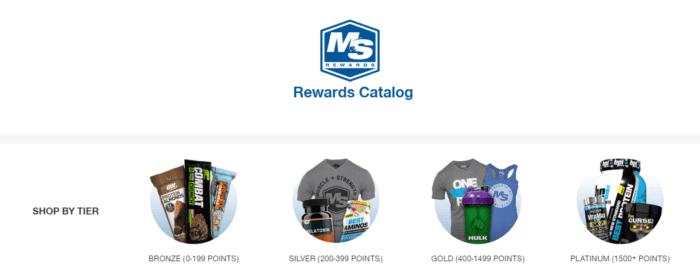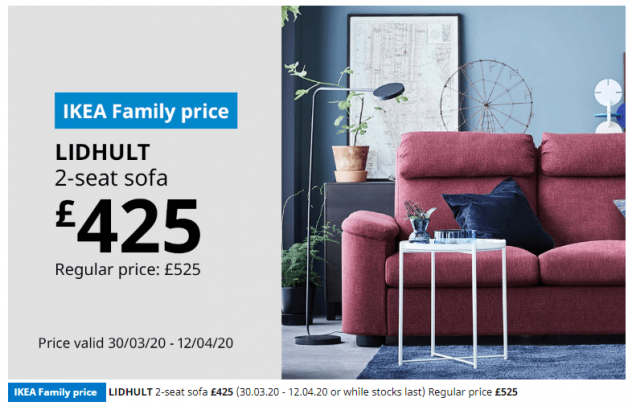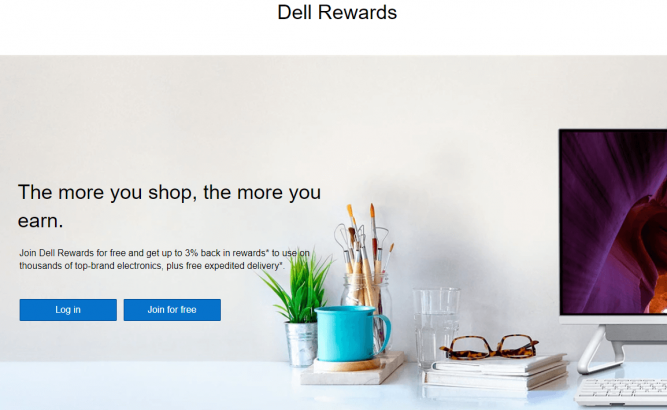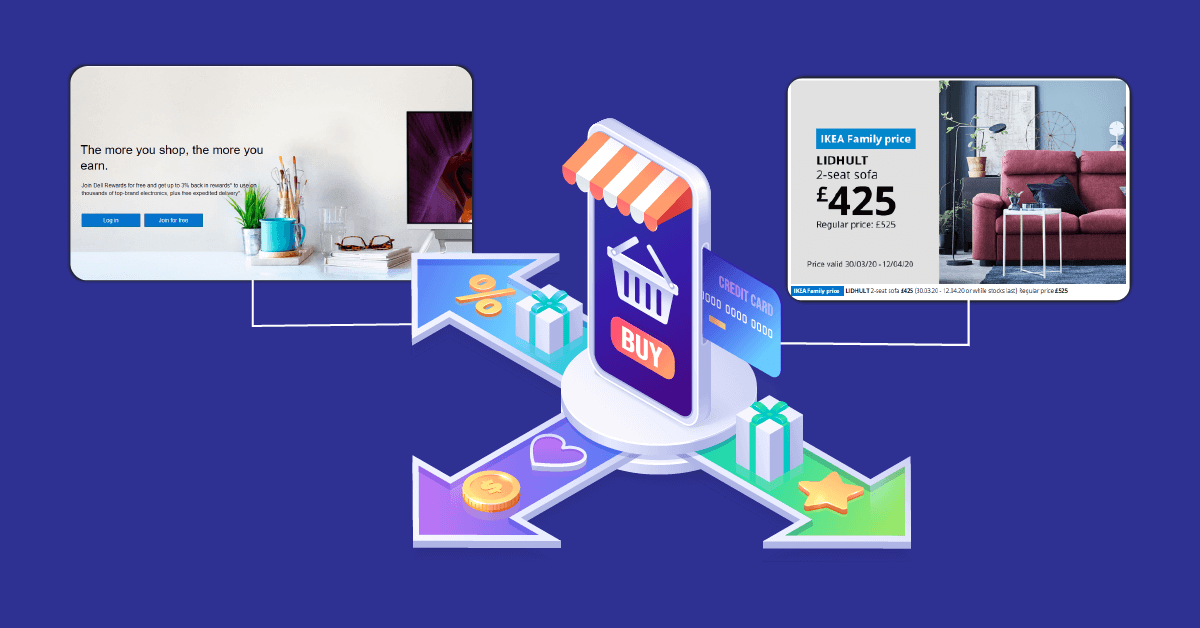The success of an e-commerce store or website eventually depends on its customer base. The bigger their customer base, the more revenue they’ll generate.
A general suggestion for increasing the customer base will be that you keep adding new customers to your clientele. But what if you lose as many customers as you gain. It will make your graph stagnant, and the growth will be zero.
To grow, you need to compensate for this loss. And to pay for this loss, you can either gain an extra number of customers or try to cut your losses. Time and again, studies have proven that it takes five times less effort in retaining a new customer than in acquiring a new one.
Over the years, customer loyalty programs have emerged as a tried and tested way for retaining customers. These help you maintain your old customers while adding new ones. Suppose you’ve been trying to employ an effective customer loyalty program in your e-commerce business. In that case, this article will share the five best examples of customer loyalty programs in the e-commerce business that you can draw inspiration from.
But first, let’s try to understand customer loyalty programs in more detail.
Different Types of Customer Loyalty Programs
Here are some of the most successful customer loyalty programs that have helped e-commerce brands retain their old customer base.
1. Point-based
Point-based loyalty programs are one of the easiest and the simplest ways to improve customer involvement. As per this program, the customers earn some points whenever they purchase. Their points depend on the amount they’ve spent or the items they bought.
Customers can use these points in several ways. They can either redeem these points in the form of a discount on their next purchase, or they could redeem these points in the form of gifts. You could gift your customers small trial packs of your products in exchange for these points.
If a customer spends $100, you can give them 10 points. They could use these points to get either a discount or a gift.
2. Tier-based
The tier-based loyalty programs are also among the most popular and creative ways to keep your customers involved and encourage them to buy more products. The tier-based loyalty program sets a pointer to the current ratio for each tier. For example, they give you one point per dollar you spend for one-tier. While for a higher tier, they offer 2 points on spending one-tier.
Customers make efforts and start buying more to move to a higher tier where they can earn multiple points for a single dollar expenditure. They can exchange a collection of these points for a discount or deduction in the payment of their next purchase.
3. Perk-based
Instead of offering points to their customers, many companies offer them perks. This avoids any confusion and attracts more customers since bonuses are more attractive. For example, a trendy coffee and beverage brand offer perks to its customers like customization of their orders for free instead of giving them points.
4. Subscription-based
The loyalty programs that we mentioned above are the ones that allow you to offer your perks, discounts, and points for free. The subscription-based loyalty programs slightly vary from the others in this context. They allow you to provide your customers with countless deals and offers on each purchase. The only difference is before you offer your customers these discounts, you ask them to buy a paid subscription to your website or application.
5. The Hybrid Model
You don’t need to follow a single customer loyalty program model to ensure the loyalty of your customers and retain them for the longest time. For different brands working in different areas, different models are suitable. For one brand, the tier model might work best, while for the other, the point-based system might yield better results.
There could also be cases where the paid subscription might turn out profitable. Some businesses find it easier to succeed with a hybrid model that incorporates suitable parts from each loyalty program.
Examples Of Loyalty Programs For E-commerce
Now that we’ve discussed some of the most successful models for customer loyalty programs let’s move on to discussing the best examples of loyalty programs for e-commerce.
1. DSW VIP from Designer Shoe Warehouse

Designer Shoe Warehouse (commonly referred to as DSW) is an American footwear retailer of designer shoes and fashion accessories. DSW has employed a 3-tiered hybrid program, mixing tiers, earn & burn elements, and free perks. The major highlights of their loyalty program are:
- Customers earn 1 point for every $1 spent and receive a $5 Reward after spending $100
- There’s a $5 birthday coupon, motivating customers to share their birth date
- At higher ranks, tier members gain access to gifts and double point events
- Free shipping is available to all members without a coupon
2. Muscle & Strength Rewards Program

Muscle & Strength is a fitness site and retailer designed to help people achieve their muscle-building and fat loss goals. Their loyalty program shows how popular physical rewards can be and demonstrates how brands can maximize valuable actions.
- For every $1 spent, customers earn 2 points
- Friend referrals are worth 500 points
- There’s a built-in share button at the end of the checkout process, where customers can share what they’ve ordered on social media to earn points
- Gifts and rewards are shipped alongside the order, which makes unboxing a thrilling experience
3. IKEA

Unlike other retailers, IKEA doesn’t use points. Instead, they rely on members-only perks, benefits, and unique content.
- There are surprise & delight offers that are sent out as emails
- Members have access to free workshops and events
- If something breaks during transport or while assembling IKEA furniture, customers get the Free Oops-assurance
4. Dell Rewards

American multinational computer technology company Dell runs an eCommerce rewards program available in multiple countries, including the US, UK, and Canada. Interestingly, the specifics of the reward program are different in each country.
- In the UK, Dell Rewards members receive a £15 coupon after every £500 spent
- In the US and Canada, the membership requirement is to spend at least $800 in 12 months, and you’ll be eligible for 3% cashback on all orders
- Dell Rewards members in the US and Canada also enjoy free expedited shipping, early access to sales, and special promotions
5. PetSmart Treats

PetSmart Inc. is a retail chain that sells speciality pet animal products. The company is an excellent example of how to gear loyalty benefits to a specific audience—in this case, pet lovers.
- Customers earn 8 points for every $1 spent and even includes services and donations, which are pretty standard in this industry.
- Members earn 1000 bonus points for completing their profile, showing how vital personalization is for PetSmart.
- Free Doggie Day Camp session when members buy at least ten products
Bottom Line
Customer loyalty is the critical factor that drives the success rate of any brand. If a brand fails to retain its old customers, it will lose customers as much as it gains them. This will make its revenue go either stagnant or decrease gradually. Hence keeping customers is very important.
We hope that the loyalty programs examples shared in this blog will help you develop an effective customer loyalty program for your e-commerce business.
If you still have any doubts, please take Wigzo’s free trial today and make your old customers keep coming back to you for more.













